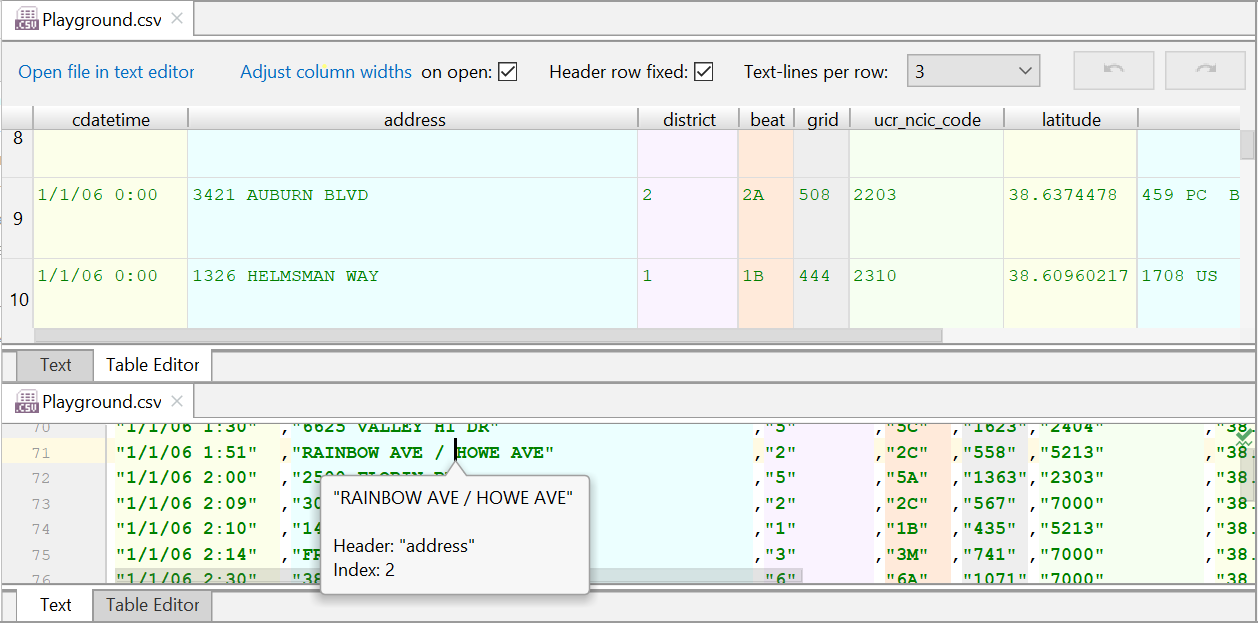

Basically, it’s a Wi-Fi chip with a couple of digital and analog I/O pins to connect external sensors and actuators. We’ll be using an ESP8266-based device called WEMOS D1 mini. Let me walk you through the setup process and the features of the plugin using P圜harm: We’re going to make it available for IntelliJ IDEA soon as well.
#PLUGINS FOR PYCHARM PROFESSIONAL#
The MicroPython plugin is compatible with both P圜harm Community and Professional editions. For example, you can create your own Internet of Things device and program it in MicroPython. Thanks to clever optimization techniques implemented in MicroPython you can now use (almost) standard Python for microcontrollers. People usually program microcontrollers in C or an assembly language due to low performance and memory limits. It’s basically a Python 3.5 implementation designed for microcontrollers - small computing devices that are used everywhere from smart watches to cars. MicroPython is a relatively new member of the Python interpreters family.
#PLUGINS FOR PYCHARM CODE#
The source code for the project can be found on GitHub. The plugin is being developed as a team project by the P圜harm Community lead Andrey Vlasovskikh. It supports ESP8266, Pyboard, and BBC Micro:bit devices. This plugin lets you edit your MicroPython code and interact with your MicroPython-powered microcontrollers using P圜harm.

Today we’ve released the MicroPython plugin 1.0 for P圜harm.


 0 kommentar(er)
0 kommentar(er)
